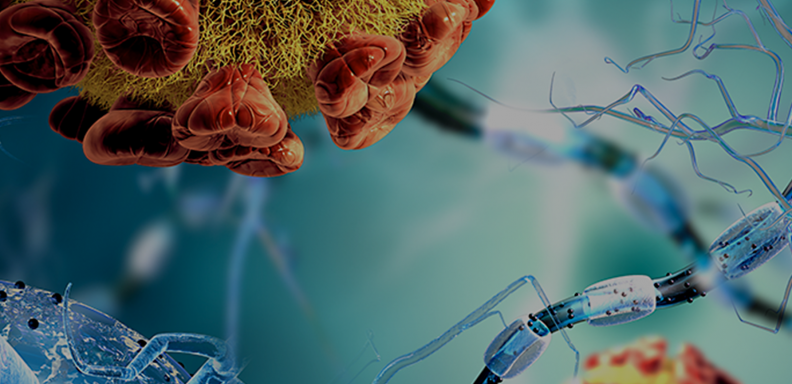You may not think of movement when you think about the lifespan of fungi. The fleshy mushrooms that sprout on a forest path or the mossy mold that engulfs a forgotten block of cheese present more as cryptic plants that reproduce by wafting their reproductive spores around like pollen. But some species of fungi, called chytrids, produce zoospores—independent, mobile, reproductive cells with flagella for swimming around their habitats.
Zoosporic fungi like chytrids are key components of aquatic food webs, acting as prey and breaking down decaying organic matter. A couple of species are infamous pathogens causing chytridiomycosis, an infectious disease decimating amphibians worldwide. Little is known, however, about how their spores’ ability to swim affects their dispersal, biogeographical range, or impact on their ecosystems.
A recent study from the University of Chicago tracked the swimming patterns of zoospores from 12 species of fungi and found two major swimming patterns that are driven by their inner cellular structure. The findings will help researchers understand how structures like flagella that are common across many organisms help those creatures evolve in, adapt to, and move through many different types of environments.
Jasmine Nirody, an Assistant Professor of Organismal Biology and Anatomy at UChicago and senior author of the new study published in Current Biology, studies the relationship between habitat and movements of all kinds of organisms, from fungal spores and tardigrades to reptiles and jumping spiders.
“The thing that draws me to any group of organisms is that they show a broad ecological range. They live in a bunch of different habitats, and they have a kind of morphological and behavioral diversity,” she said.

Jasmine Nirody
Assistant Professor of Organismal Biology and Anatomy
Zoosporic fungi are just that kind of organism. They come in a wide range of sizes. They live both in marine and freshwater environments, from the tropics to the poles, including the open ocean, lakes, mud—almost any aquatic environment possible. However, regardless of the environment they inhabit or their lifestyle, the zoospores from most species have a single long, flagellar filament, with a few structural tweaks that allow them to travel so widely.
Nirody’s co-authors Luis Javier Galindo and Thomas Richards from the University of Oxford took videos of the zoospores and saw two distinct movement patterns. Some simply swam in circles, while others had what they call a “random walk” pattern—move, stop, change direction, move again.



